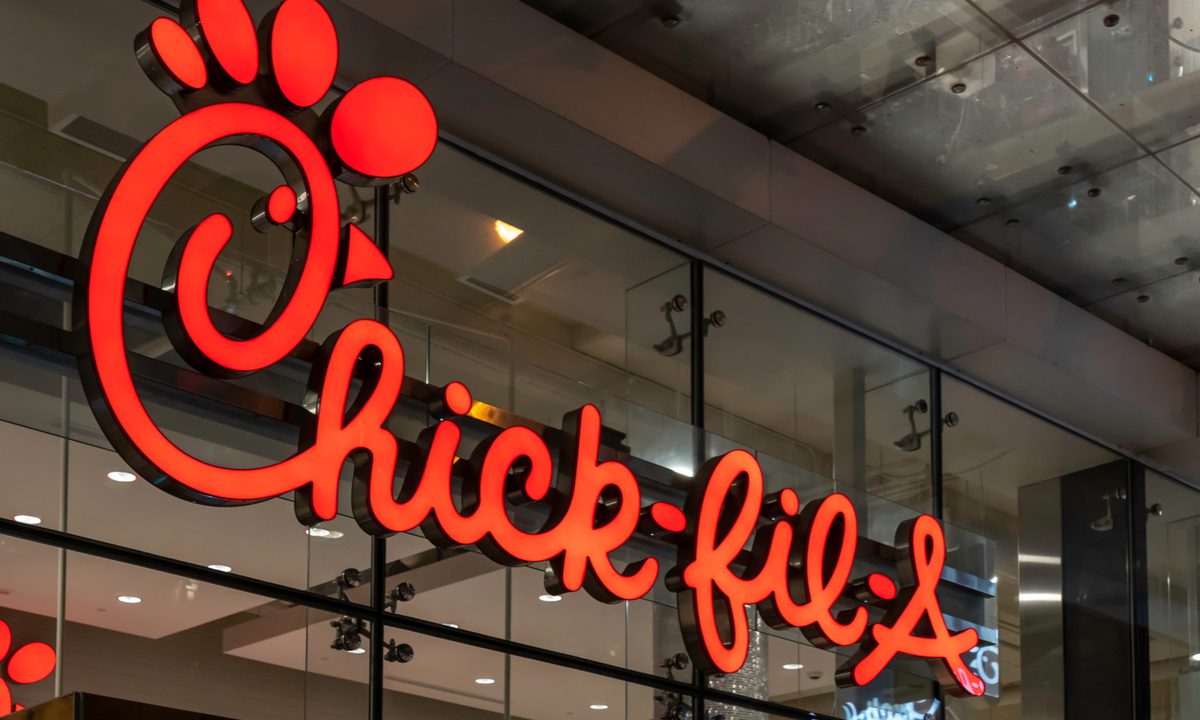
On Tuesday (May 31), Chick-fil-A became the latest major restaurant brand to try out robotic delivery as a way to meet demand in spite of major capacity challenges.
Autonomous robot delivery company Refraction announced that it is trialing self-driving vehicle delivery at two of the chicken sandwich quick-service restaurant (QSR) chain’s locations in downtown Austin, Texas.
“Autonomous delivery using Refraction’s robots creates an exciting new opportunity to extend the Chick-fil-A experience to a growing number of delivery guests,” Luke Steigmeyer, owner and operator of Chick-fil-A 6th & Congress, the franchised location running the initial test, said in a statement. “The platform will allow us to provide fast, high quality and cost-effective meal delivery within a mile radius of our restaurant all while helping to keep the community we serve environmentally clean and safe.”
In recent months, major players ranging from Chili’s to Uber Eats have announced tests of robotic delivery, with systems including sidewalk rovers, self-driving cars and drones. These initiatives come as ongoing demand for restaurant delivery comes into conflict with rising prices and a difficult labor market when it comes to delivery drivers, leading to rising costs. In fact, many restaurants do not have the capacity to meet delivery demand.
Additional details: Leading QSRs Are Unable to Meet Dining Demand
By the Numbers
About a third of all restaurant customers order from delivery aggregators each month, according to data from from the March/April edition of PYMNTS’ Digital Divide series, “The Digital Divide: Regional Variations in U.S. Food Ordering Trends and Digital Adoption, created in collaboration with Paytronix, which drew from a survey of more than 2,500 U.S. adults who regularly purchase food from restaurants.
See also: New Research Shows That Regional Dining Quirks Matter in Tailoring Restaurant Offers
Lowering the cost of delivery with initiatives that reduce the labor needs of the channel can also help drive up demand. Research from PYMNTS’ 2022 Restaurant Friction Index, also created in collaboration with Paytronix, which drew from an October census-balanced survey of more than 2,100 consumers, found that, of the 58% of consumers who do not use aggregators, 41% say that it is because they will not pay the delivery or service fee.
Read more: PYMNTS Data: Loyalty Programs Best Way to Get Diners to Spend More
What Insiders Are Saying
After Brinker International, parent company of Chili’s Grill & Bar and Maggiano’s Little Italy, announced the launch of a drone delivery test in Texas in partnership with Flytrex, Brinker’s senior vice president and head of innovation Wade Allen spoke with PYMNTS about the need for these sorts of automated solutions.
“Delivery is really inefficient,” Allen said. “It’s a half-ton vehicle. It’s a single person generally taking food somewhere between a mile to two miles. Gas prices are going up. There’s pressure on labor or there’s just a lot of expense in that. It’s really inefficient. So, you start to think about, ‘Hey, is there a smarter way to do this?’”
You may also like: Chili Parent Brinker International Says Automation Is the ‘Heartbeat’ of Innovation
Ali Kashani, co-founder and CEO of Serve Robotics, a robotic sidewalk delivery company currently running an autonomous delivery trial with Uber Eats, explained in an interview with PYMNTS that it will take time to overcome resistance to the new technology.
“There’s ton of demand already. … It’s just a matter of time. It’s just patience,” he said. “You have to go through this process, put the robots out, take care of the integrations, go through the manufacturing of more robots. It takes time to engage regulators, engage customers. … There’s an education component, making sure people understand why this exists, why it needs to exist.”
Related news: Uber Eats’ Robotic Delivery Partner Serve Takes on Education Barrier